READY TO GET STARTED?
REQUEST A FREE ESTIMATE
Fill out the form below or call (888) 466-7849 for a free, no-obligation estimate.
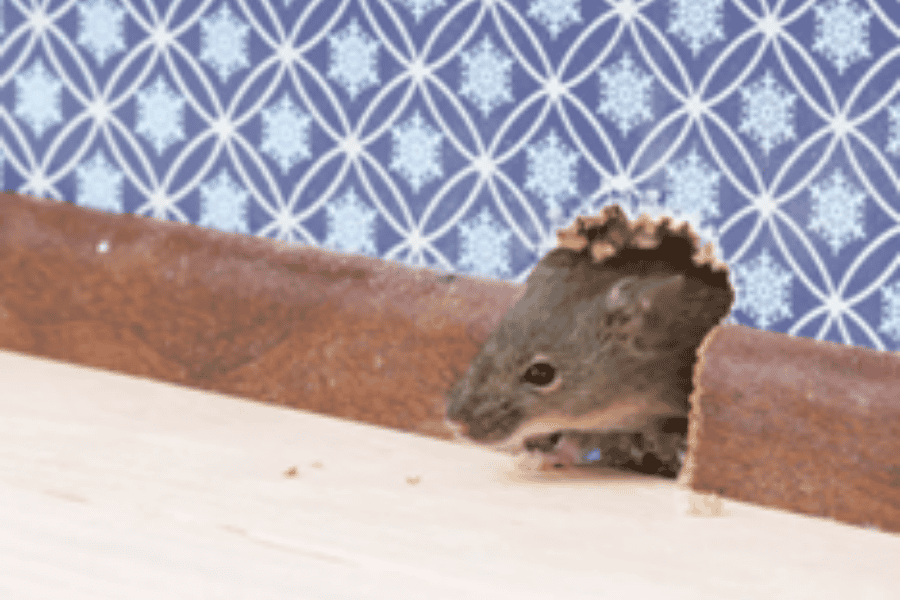
Rodents can cause serious damage to both your home and your health. If you live in Broward County, Florida, and want to protect your home from these pests, this guide will help you understand how to deal with rodent infestations effectively while keeping your living space safe.
This post will cover the types of rodents common in the area, why they’re such a problem, and the most effective ways to handle infestations. By the end, you’ll be equipped with practical solutions for dealing with rodents in your home.
Florida’s warm, year-round climate is an ideal environment for rodents like rats and mice, which thrive in urban areas and can cause significant structural damage. Common rodents in Broward include Norway and roof rats, both of which are known to spread diseases and damage insulation, wiring, and wood.
While managing a rodent infestation can be challenging, there are a number of effective ways to deal with it, from preventive measures to active control strategies.
The first step in controlling rodents is preventing them from entering your home in the first place. Inspect your home for gaps around doors, windows, and utility lines. Use durable materials like steel wool, copper mesh, or caulking to seal off potential entry points. Regularly check attics and crawl spaces for signs of rodent activity.
Traps and bait are some of the most common methods for controlling rodent populations. While traditional snap traps are effective, there are also more humane options available. Live traps, for instance, allow you to capture and release rodents away from your property. For bait, consider using alternatives to toxic chemicals, such as non-poisonous bait stations that are safe for pets and children.
Certain smells are known to deter rodents. Some natural repellents, like peppermint oil, can be used to create a barrier around entry points or areas where you’ve spotted rodent activity. Other deterrents include cayenne pepper and vinegar-water sprays.
Prevention is always better than dealing with an infestation. Here’s how you can minimize the risk of rodents in Broward County:
Dealing with rodent infestations quickly is essential to prevent long-term damage to your home and health. Rodents are not only a nuisance, but they can also spread diseases like leptospirosis, hantavirus, and salmonella. Taking steps to secure your home and eliminate food sources for rodents will make your living environment safer for you and your family.
By implementing these practical rodent control strategies, you can maintain a pest-free home and avoid the structural damage and health risks associated with rodent infestations in Broward County. Contact a pest control company near you today to get started.
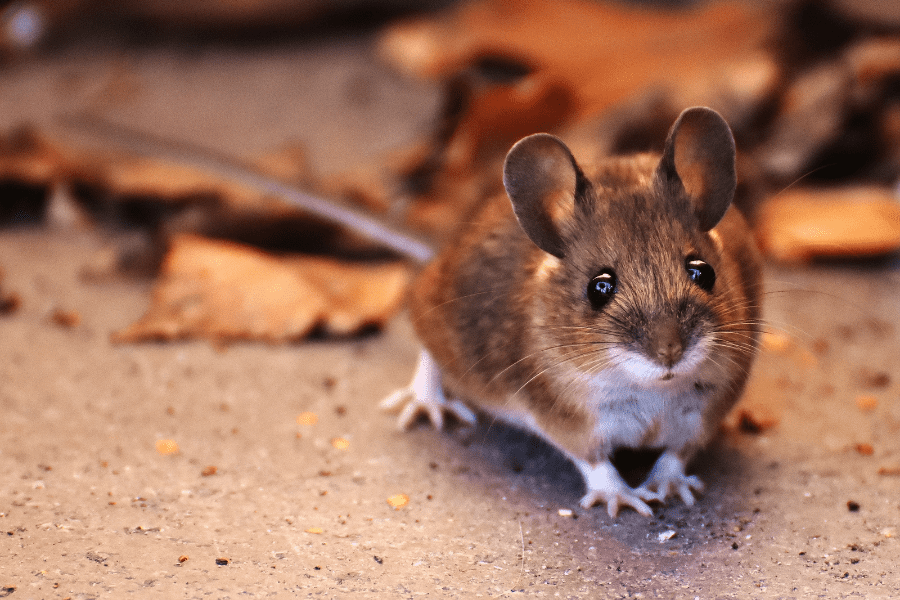
Whether they’re in your basement, attic, crawl space, or even your living space, discovering rodents is never ideal. They carry diseases that can be harmful to you and your family and also cause damage to your home. It’s important to be aware of the signs and types of rodents that can be found in or near your home.
Rodents are never an exciting creature to discover in your home, but how do you know if you have rodents? Here are some signs that rodents could be in your home already:
If you suspect any of these rodents inside your home, consider contacting your local pest control company for a rodent control plan that will help remove, exclude, and prevent them in the future!
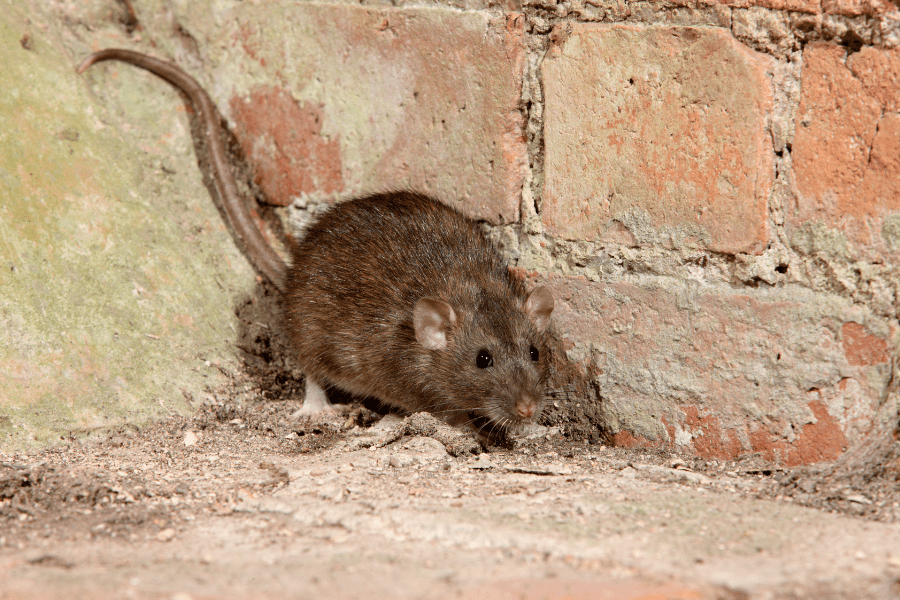
We never expect our homes to fall victim to rodent invaders, but it can happen to anyone! Getting rid of these critters can be difficult, but with the help of a wildlife control company, it can be made possible. Before reaching out to someone for assistance, be sure you’re identifying these rodents correctly. Here are some of the most common rodents found in the South.
Deer Mouse
Often referred to as field mice, these rodents are typically found in the woodlands and desert areas. They rarely invade residential properties but will sometimes seek shelter in our homes for winter since they don’t hibernate. When indoors, deer mice are typically found in basements or attics. The biggest threat about them is that they can transmit the dangerous hantavirus, so it’s vital to get them taken care of as soon as possible.
House Mouse
Just like the deer mouse, these mice also carry diseases and shouldn’t be kept in your home for long once discovered. The house mouse prefers to move along baseboards and countertops and can be seen eating anything they can find. They will contaminate your food and can transmit diseases like salmonella and even the bubonic plague. They are also known to cause structural damage such as creating tunnels in walls and chewing exposed wires.
Norway Rats
These stocky, heavy-bodied rats are larger and more aggressive than the roof rat. They rely heavily on human activity for survival and will eat anything like cereal grains, meats, fish, nuts, and some fruits. Norway rats are more active at night and can cause considerable damage to homes, gardens, and structures. The main concern is the diseases they are known to spread, which include jaundice, rat bite fever, and salmonella.
Roof Rats
Known as a serious pest problem, they are also dependent on humans for survival and will usually infest homes. They have padded feet that make it easier for them to climb, so they are usually found in attics, eaves, and roof lines. Roof rats are known for spreading multiple diseases, including salmonella, leptospirosis, and rat bite fever. They contaminate food when they are foraging, impacting not just humans, but also pets and livestock.
If you think you have a rodent problem, it’s important to get it taken care of as soon as possible. Reach out to your local wildlife control company so they can create a customized plan to rid your home of rodents.
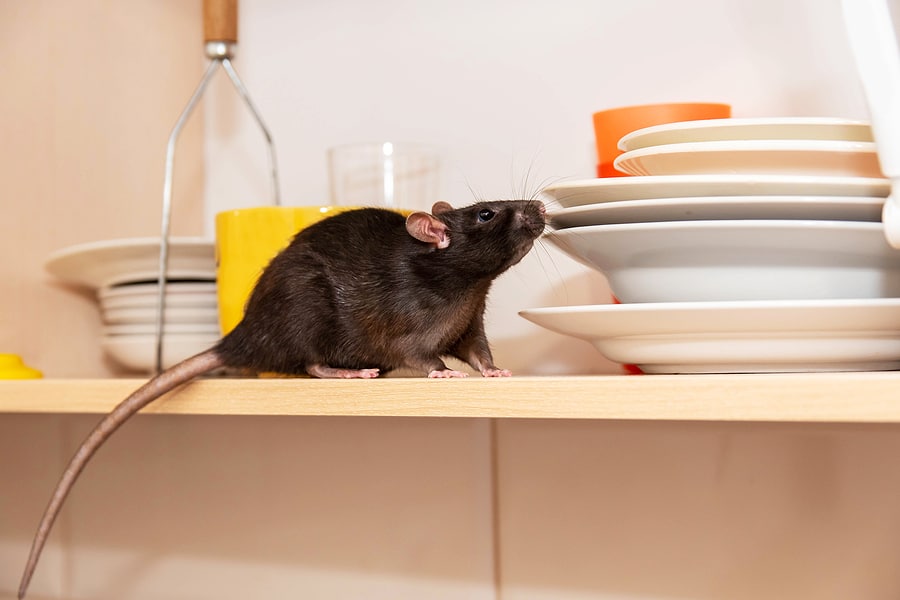
As members of the rodent family, mice and rats look very similar and are often mistaken for one another. Both are harmful, transmitting serious diseases to humans and pets, contaminating surfaces in our home, and chewing through structures and wires, causing damage and putting you at risk for fires. How do you know if you are dealing with a mouse vs rat? Here are 5 key differences between these two rodents.
Mice are noticeably smaller than rats, growing 3 to 4 inches in length. Mice weigh anywhere from 0.5 oz to 3 oz. A mouse’s tail is equal in length to its body and is thin, long, and covered in hair. Mice have small heads and large ears with pointy, triangular snots and smooth fur. Mice can be white, gray, or brown in color. Rats, on the other hand, are much larger, measuring 9″ to 11″ in length and weighing anywhere from 12 oz to 1.5 lbs. A rat’s tail can be 7″ to 9″ in length and is long, thick, scaly, and hairless. Rats have small ears and large heads with blunt snouts. They have coarse fur that can be dark brown or multicolored.
Mice have smaller droppings, about 1/4″ in length. Mice droppings are black with pointed ends and resemble a grain of rice. Mice can leave up to 100 droppings at a time. Rat droppings are larger with an elongated oval shape. These droppings are about 3/4″ long, black in color, and resemble a banana. Rats can leave up to 50 droppings at a time. Rodent droppings of both species are known to carry diseases that can be harmful to humans.
While both species are omnivores, their diets tend to vary. Mice commonly eat fruit, seeds, and plants. In your home they may nibble on bread crumbs or other cereals and grains. Their palates are not as wide as rats. Mice can also survive on 3 mL of water per day. Rats, on the other hand, will eat almost anything, even scavenging through your garbage for fruit, eggs, meat, and other leftovers. They will also eat plants and seeds. Rats need anywhere from 15 to 60 mL of water per day.
While both rats and mice will come into your home, they tend to frequent different areas once inside. Mice can be found in garages, under trees, under decks, and in walls and other voids that are too small for other rodents to get into. The species of rat you are dealing with determines where they prefer to live. Norway rats can be found in sewers, inside walls, and in cellars. They prefer lower levels of your home to reside in. Roof rats prefer higher environments, often being found in cabinets and attics.
Mice are nocturnal animals. They are timid but social within their own populations. They are very territorial and more curious than rats, making them easier to trap. They are skillful climbers and can access areas rats can’t because of their small size. Rats are also nocturnal but are more cautious and fearful of new things than mice are, making them more difficult to trap. Rats are also skillful climbers. Both rats and mice will gnaw through structures and wiring in your home, causing damage and putting you at risk for fire. Mice have weaker teeth and can’t chew through glass or metal to get to food. Rats have much stronger jaws and have been known to chew through wood, glass, sheet metal, aluminum, and even cinder blocks.
Regardless of which pest you are dealing with, proper identification and treatment is essential to eliminating them. Contact your local pest control company who can determine which type of pest you have and set you up with the appropriate rodent control plan to eliminate them.
Cockroaches: Types and Prevention Tips
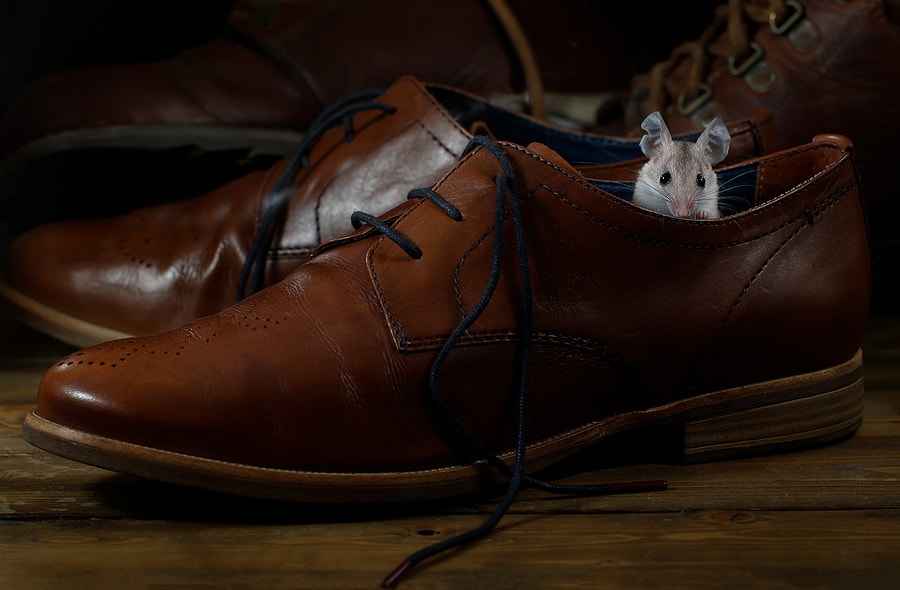
Mice are incredibly resourceful as they can quickly adapt to new environments. Small in size, these pests are looking for a warm place to shelter and provide a food source. If these rodents make it indoors, they can cause significant damage to your home. Here we list the major signs of mice in your home and how you can prevent them.
Seeing holes, tears, and gnaw marks is a major sign that mice are indoors. You can typically see this damage in bedding, clothing, fabrics, and other materials. Mice will use these shredded fabrics to help build their nests, usually located in dark, secluded areas. These pests will also chew and leave gnaw marks on inedible materials such as wood, plastic, cables, and electrical wiring.
A more obvious sign of a mouse infestation is hearing noises throughout the night. Mice can fit through holes and openings smaller than their bodies. Using their ability to fit through the smallest hole, they will often use the spaces between joists to travel from one part of the house to the other. If a mouse has gotten inside the walls, you’ll often hear scratching or scrabbling noises.
Another alarming sign that a mouse is inside is seeing their feces. Mouse droppings are around three to six millimeters or ¼ inch in length. They typically resemble small grains of rice and sometimes can be mistaken for cockroach droppings. If you see mouse droppings, it’s best to carefully pick them up with gloves and place them in a sealed plastic bag to ensure they don’t release bacteria or virus particles.
To help prevent mice, place the preventative measures below throughout your house.
If you notice any signs of mice inside your house, consider reaching out to your local pest control provider, where they will provide you with the best plan of action.